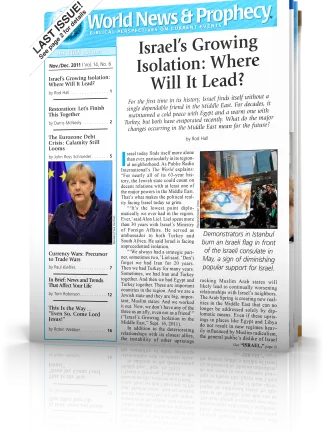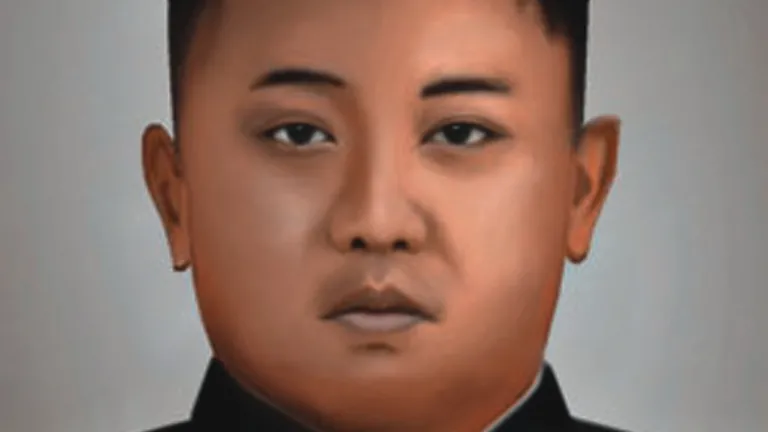Foiled Terror Plot: A Case Study in Slanted News Reporting
A musician from Massachussetts or radical Islamist?
As in other countries, news reporting by the mainstream media in the United States is often slanted—sometimes heavily so. There is often an agenda at work in the way certain stories are presented. That probably comes as no surprise, but it’s nevertheless disturbing when a clear incident occurs. Following is an example—and some lessons to take away.
On September 28, 2011, a glance at the headlines on Yahoo! revealed a story from the Associated Press about a U.S. citizen arrested for a terror plot against the Pentagon and U.S. Capitol. Clicking on the headline brought up the story, which explained in the first paragraph that the alleged perpetrator had planned to use large, remote-controlled model airplanes filled with explosives.
Curiously, the man’s name was not mentioned up front. It did not appear until the third paragraph: Rezwan Ferdaus. This seemed to be a Muslim name, so the mystery of its prior absence was becoming clearer. Yet it wasn’t until paragraph four that the man was actually identified as Muslim—supposedly inspired to act by a website for jihad. Thus the Islamist connection was central to the story. So why was it buried in the fourth paragraph?
An immediate search on Google for the man’s name yielded a large number of news reports. Yet alarmingly, for the first nearly two pages of search results, nothing came up identifying him as Muslim. Many article titles referred to him as a “U.S. man” or something similarly generic. The second story that came up on Google, from CBS News, was titled “Mass. Musician Accused of D.C. Terrorist Plot.” That’s right: Massachusetts musician! While accurate, it’s misleading—completely overlooking his alleged connection to radical Islam. The claim of U.S. officials that he was an aspiring jihadi was clearly being intentionally obscured or hidden on a wide scale.
What makes the deliberateness even more obvious is that not putting central elements of the story up front is contrary to proper news reporting. In journalism, there are two basic writing formats. One is feature writing, in which an article is essentially organized like a speech—with an introduction, a thesis, a body of supporting points and a conclusion. (This is typical for our publications.) The other writing format is reporting, wherein the most important elements of a story are typically crammed into the first few sentences of the article as the lead, which is followed by details of decreasing importance. This allows readers to skim the beginning of each news item to get the gist of the story. It’s also done for the sake of copy fitting by editors. If a story is too long, an editor can just chop off the bottom since all the important details appear up front.
Which brings us back to the jihad connection not appearing up front. After all, what’s more important—that an alleged terror plotter is a musician or that law enforcement has tied him to radical Islam? While Mr. Ferdaus is to be regarded under the law as innocent until proven guilty, the religious aspect of this story ought to have been reported at the outset, according to normal reporting standards.
We might also consider that had the man been a “right-wing Christian,” that fact would likely have been trumpeted in headlines and article leads. Yet when it comes to Islamic extremism, the media has been willing to keep quiet. While they may be attempting to prevent the spread of Islamophobia, hiding the truth is no way to successfully do this. (It could even be that the agenda here is a political one—in part, painting conservative Christians as the real threat to America and playing down fears against Islam, as such fears can rally support for conservative political candidates and causes.)
What can we take away from this? We must learn to read the news critically. Why is information being presented the way it is? Is it following a natural progression? Or are important facts being buried—or left out? Consider that there is often an agenda at work—and strive to not be taken in. Just reading the whole story from a source is not enough. For if a story shows evidence of being slanted, should its reporting really be trusted? In controversial stories, always look to multiple sources—including those outside the mainstream media. And even be wary in reading stories that don’t seem controversial. An agenda, or at least a wrong perspective, may be widespread.
As we follow Jesus’ instruction to watch world events (Luke 21:36), let’s make sure to watch not only what’s going on, but how we’re being informed about what’s going on as well. (Sources: Associated Press, Google, CBS News.)







